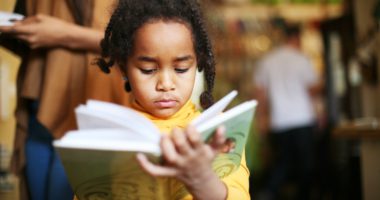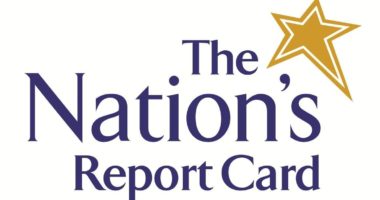Statement from The Education Trust on the math and science results from the 2006 Program for International Student Assessment (PISA)
Its clear that doing what we’ve always done in our public schools simply isnt good enough anymore, said Kati Haycock, President of The Education Trust, in response to the release of international test data showing that American teenagers rank 21st in science and 25th in math among 30 industrialized nations. Our kids need more, our future prosperity and security demand more, and we are capable of doing far more than we have been to promote high student achievement for all groups of kids.
Results released today from the 2006 Program for International Student Assessment (PISA) show that the average science achievement of American 15-year-olds was significantly below the OECD average, comparable to performance in the Slovak Republic and non-OECD countries like Latvia and Lithuania. In mathematics, students in the U.S. also performed below the international average, comparable to non-OECD countries like Croatia and Azerbaijan.
The same holds true when examining the data for student groups. In science, Americas best and brightest are at the middle of the pack when compared to the top performers elsewhere, while the percentage of our students performing at the lowest achievement levels is significantly higher than the international average. When considering students socioeconomic status (SES), both our high-SES and low-SES students perform below the international average in science for each group, respectively.
For generations, America set the global pace in education. Now, the best we can say is that were average. We can do better, said Haycock. We can and must reclaim our position as the pacesetter once again, but to do that we have to recognize that we must dramatically reform that way we do school in this country. Nineteenth-century schools just wont cut it in a 21st-century world.
The research is clear: in our ever-changing economy, ready for college and ready for careers now mean the same thing. But many of our students don’t even have access to the rigorous courses and high-level instruction they need to prepare for the future. Retooling our schools will require a new, deeper commitment from all of us to provide higher goals and more rigorous coursework for students, along with higher expectations and more and better supports for teachers and schools.
But we must be absolutely clear that in order to close the international achievement gap growing between the United States and the rest of the world, we must close the domestic gaps that separate poor and minority students from their peers within our own country. On the PISA science assessment, average scores for White students in the U.S. are about the same as the national average for Korea, while average scores for African American students are below the national average of all 30 participating industrialized countries, including Turkey, Portugal and Mexico. The United States also had the fourth-largest gap between its high SES and low SES student average scores.
Whether you want to focus on the health of our economy or on the health of our democracy, we need to do more so that all young people learn more in our public schools. If we approach our education challenge with the same determination and tenacity with which America has stared down and overcome other challenges we have faced historically, failure is unimaginable. But if we turn away from the hard work of getting all kids to high standards, we jeopardize our collective future.






